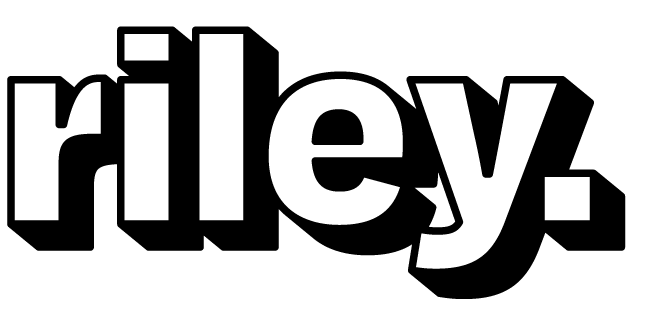The art of feedback - How to provide feedback to your designer without losing your mind (or theirs)
So, you’ve hired a designer. Congratulations! You’ve taken the first step toward a business, charity, or ethical brand that doesn’t look like it was put together in Microsoft Paint. Whether you’re a local bakery, a tech startup, or a nonprofit advocating for climate action, good design is essential. But now comes the tricky part: giving feedback. This is where projects either flourish or spiral into an endless loop of revisions that make Dante’s inferno look like a mild inconvenience.
Design feedback is an art form, a delicate dance between being clear and not coming across as a micromanaging tyrant who just discovered the highlight function in Adobe Acrobat. But fear not! Here’s how to guide your freelance graphic designer toward a masterpiece without resorting to phrases like “Can you make it pop?”
Be specific – “I don’t like it” is not feedback
Imagine going to a restaurant, ordering a meal, and then telling the chef, “This tastes… wrong. Can you just make it better?” That’s what vague feedback feels like to a designer. Instead, pinpoint what isn’t working. Is the font too modern? The colours too muted? Does the layout remind you of a 1998 GeoCities website? The more precise you are, the less time you’ll spend in revision purgatory.
If you’re running a charity or ethical business, clarity is even more critical. Do the colours align with your mission? Is the imagery conveying the right emotions? Does the design inspire trust in donors or customers? The more context you provide, the better your designer can deliver something meaningful.
Avoid the design-by-committee death spiral
There’s nothing more terrifying to a designer than hearing, “I showed it to my team, and they have some thoughts.” Suddenly, everyone from the marketing intern to Bob from accounting has an opinion, and what was once a sleek, elegant design turns into a Frankenstein’s monster of conflicting ideas. Keep the feedback streamlined – one or two key decision-makers should be enough to avoid chaos.
For charities and ethical businesses, this is especially important. If too many stakeholders weigh in without a clear direction, your message can get lost. Assign a primary decision-maker to liaise with the designer and ensure feedback aligns with your brand’s purpose.
Use the right tools
If you’ve ever pasted a screenshot into a Word document, typed “make this bigger” with a bright red arrow pointing nowhere, and sent it off with a vague “thoughts?” – I regret to inform you that you may be part of the problem.
Instead, use tools like Adobe Acrobat to leave precise comments on PDFs, or better yet, record a quick video using Loom to explain your thoughts. Seeing your cursor circle something while you say, “This button needs to be clearer” saves hours of back-and-forth emails that sound increasingly passive-aggressive.
Make it clear and actionable
Ah, the dreaded request to “make it pop.” To a designer, this phrase is as useful as asking a chef to “make it taste better.” What does ‘pop’ mean? Brighter colours? Bigger text? More contrast? A fireworks display? If you find yourself about to say it, pause and describe what you actually mean. Do you want more emphasis? More contrast? More personality? Anything is better than the ambiguity of ‘pop.’
For non-profits, clarity matters. If you want a call-to-action to stand out, don’t just say “make it pop” – say, “Can we make the donation button more prominent?” If you want to highlight an impact statement, ask, “How can we draw more attention to this key statistic?” Specificity leads to better results.
Trust the expert
You wouldn’t tell a surgeon how to hold the scalpel, so why micromanage your designer? You hired them because they know what they’re doing. Give them room to be creative rather than dictating every pixel. Feedback should be about guiding the vision, not turning a professional into a glorified cursor operator.
If you’re working with a designer who specialises in charities, trust that they understand how to balance aesthetics with impact. They’ve likely worked on branding that resonates with donors, campaigns that inspire action, and visuals that elevate ethical businesses above the competition. Let them do what they do best.
Conclusion: feedback is a two-way street
Giving good design feedback isn’t about nitpicking—it’s about collaboration. Be specific, be constructive, and use tools that make communication smoother. And above all, respect the process. Because a happy designer means a happy design, and a happy design means you won’t have to do this all over again in six months when you realise Bob from accounting was wrong about Comic Sans.
Thanks for reading! My name is Riley, I’m a freelance graphic designer based in Sydney Australia who specialises in design for charities, not-for-profits and ethical businesses.
Get in touch if you’d like to chat about a project you have in the works.



